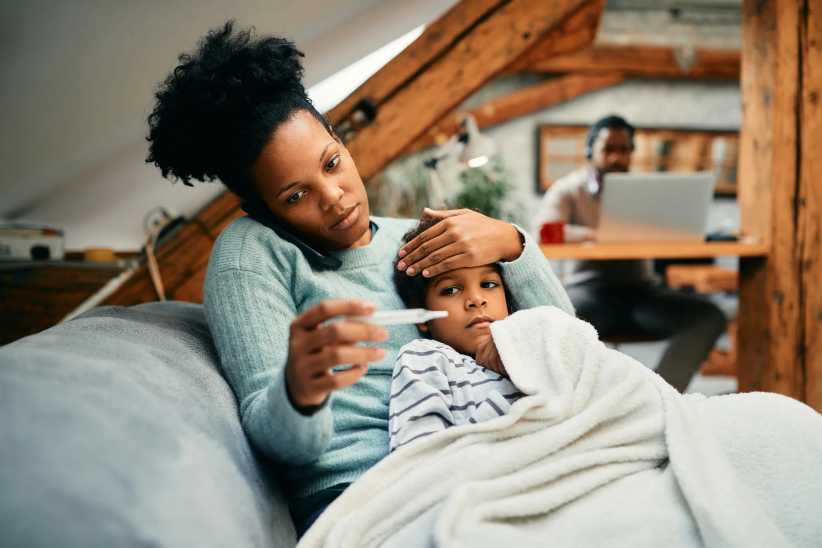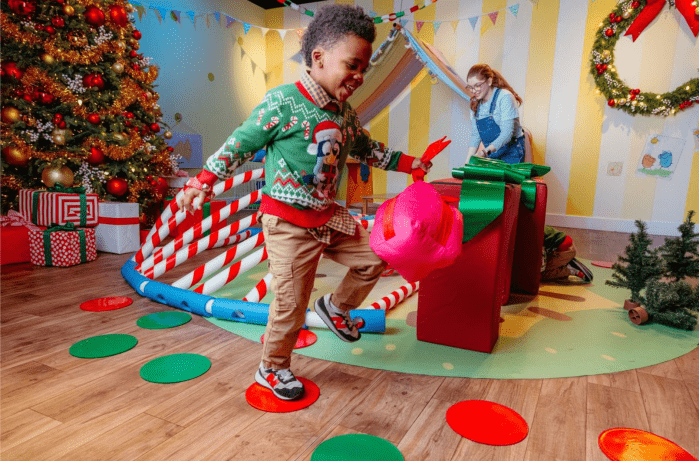Finally carved out a night for your family to sit down and eat a meal together? Now that you are all present and accounted for, take time to catch up with each other. If you have trouble getting the conversation rolling, try one of these games. Not only will you make mealtime more entertaining, you’ll also strengthen your relationship with one another. The kids might like the fun so much they’ll be asking for regular family dinners.
These little moments become even more fun when you turn them into conversation games for families, because instead of the usual quick updates, you get playful questions, silly stories, and genuine laughter that keep everyone engaged and connected at the dinner table.
1. Two truths and a false. It’s one of those classic family conversation games that doesn’t need any props, just curiosity and imagination, and it often leads to surprising details that bring everyone closer together. This game appeals to my kids’ imaginations, and I usually learn something new about their day that they forgot or neglected to tell me. To play, go around the table and take turns sharing two events that happened that day and one that did not. Who can guess which one is false? For example, “I got a B on my spelling test. I saw a goat at school. I sat with Gina at lunch today.”
2. Get creative. Christie Zemencik, a mom of three children, ages 18, 14 and 7, says she covers the table with butcher paper and puts crayons out. “My girls draw or write random things that usually lead to conversations as to why that was on their minds,” she says. Activities like this are simple yet powerful conversation starters for families, because the drawings spark stories, memories, and even funny debates that can turn a quiet dinner into a lively exchange of ideas.
3. What is your Rose, Thorn and Bud? This is one of the most thoughtful discussion games for families, because it helps kids share not only the bright parts of their day but also the struggles, which builds trust and teaches everyone how to listen with care. Many families discuss the ups and downs of the day to get conversation rolling. My 9-year-old son introduced me to this conversation starter: The rose symbolizes the highlight of your day, the thorn is the most frustrating or worst part of the day, and your bud is what you are looking forward to most the next day.
4. Conversation in a jar. Karen Conklin, mom of three, ages 9, 7, and 3, created a jar with dinnertime conversation starters on strips of paper.
“An example is ‘Name two people that made you smile today and why,” she says. Her children enjoy adding conversation ideas to the jar, too.
5. Table topics. Julie Melchior, a mom of three children, ages 15, 12 and 9, says she purchased a pack of Christmas-themed conversation questions last year. Each night during the holiday season the family selected a card to discuss. Question cards like these are a great reminder that fun conversation games for families don’t have to be complicated, and even a simple prompt can open the door to meaningful stories and warm laughter.
“The kids couldn’t wait to sit down and get the cards passed out,” Melchior says. “It was so interesting for my husband and me to listen to their answers and hear what they remembered from their past holidays. It gave everyone an opportunity to share and listen and we talked about things that probably wouldn’t come up in normal dinner time conversation.”
Find Kid Talk: Conversation Cards, Crunch a Color Conversation Starters, Chat Packs or Table Topics at area retailers, book stores or online.
Why family mealtime matters. When families use talking games at the dinner table, it not only encourages communication but also makes kids feel safe sharing their thoughts, creating stronger bonds in the simplest everyday moments. The union of a meal together fosters feelings of warmth, love and belonging,” says Jessica Velazquez, a healthy living director with the YMCA. “It promotes communication between family members and provides an opportunity for parents to give special attention to their kids.”
Eating dinner together also provides parents with a valuable opportunity to model basic face-to-face social skills and etiquette. Skills which are increasingly important to develop in an era where much of our children’s communication is conducted through technology.
Not sure how to get the family together for a meal? Velazquez offers the following tips:
• Try breakfast, lunch or snack time together if dinner won’t work.
• Start a tradition. Make Friday night taco night or Sunday spaghetti night.
• Get everyone to the table by involving the entire family in meal planning. This will also help kids learn to plan and prepare meals.
• Depending on your child’s age, put him in charge of preparing dinner once a week.
Freelance journalist and author Christa Melnyk Hines loves to find new ways to “chat and chew” with her family. Her latest book is Happy, Healthy & Hyperconnected: Raise a Thoughtful Communicator in a Digital World.
Whether you are gathering for breakfast, lunch, or dinner, bringing in games to spark family conversations ensures that these shared meals are about more than just food.













